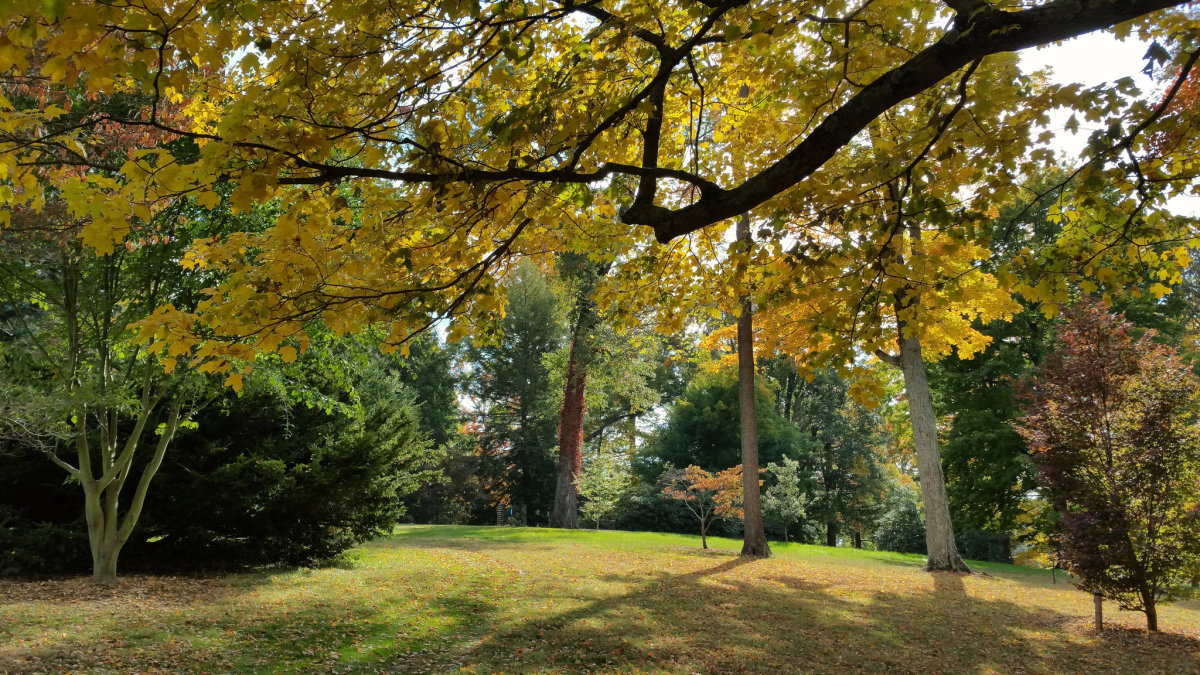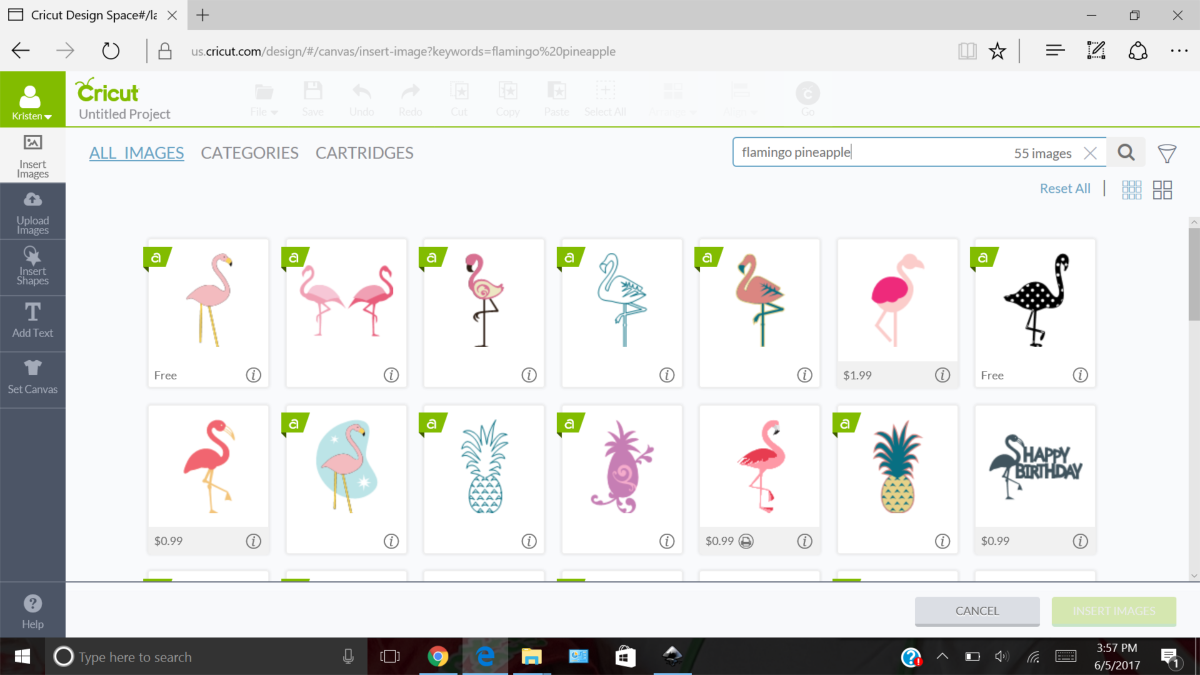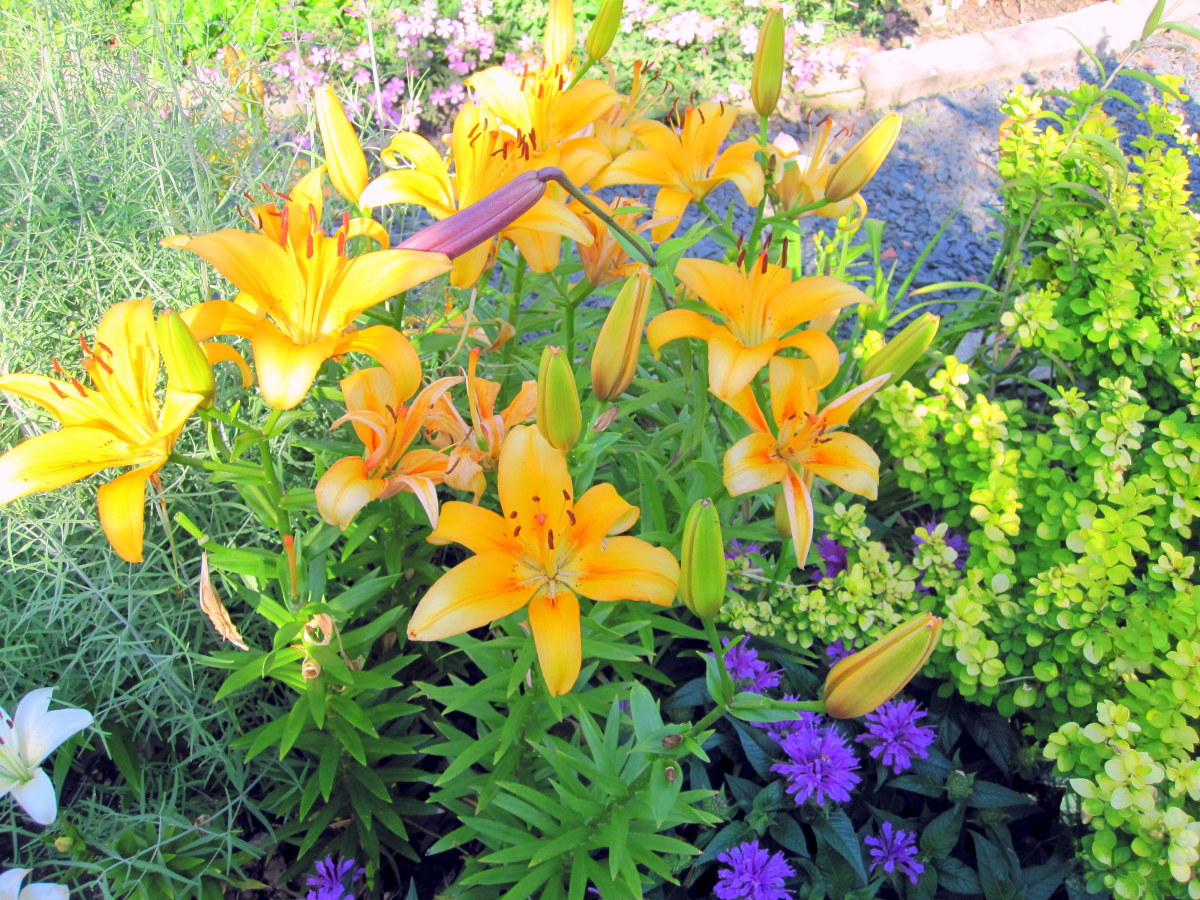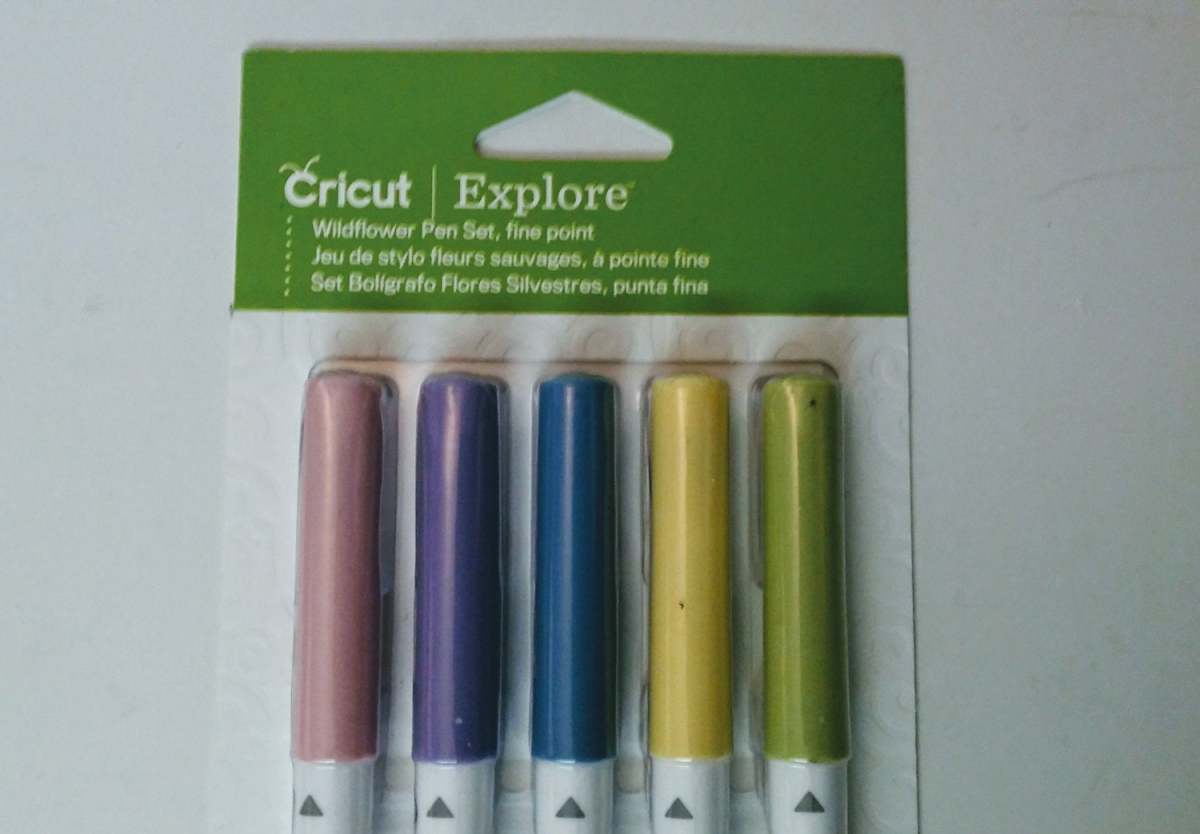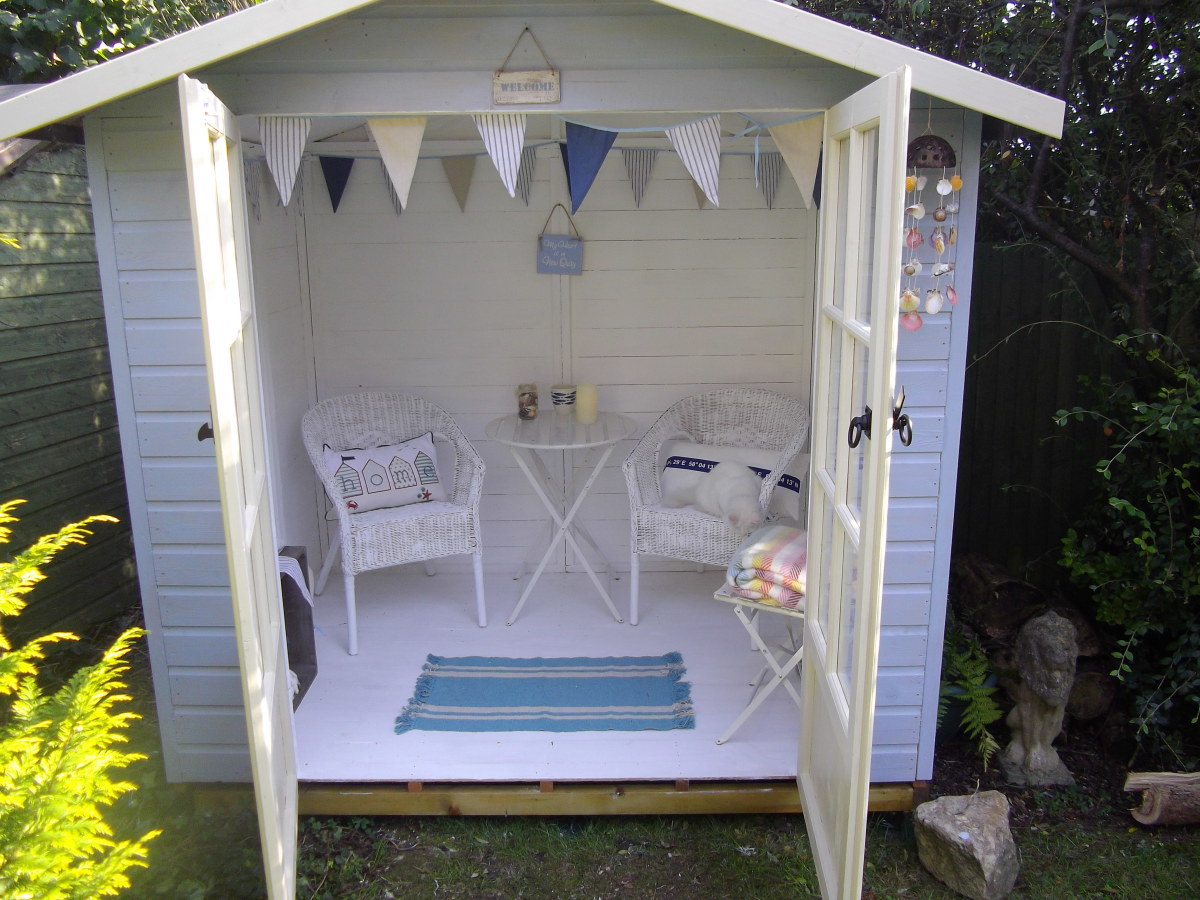How to Design a Children's Garden
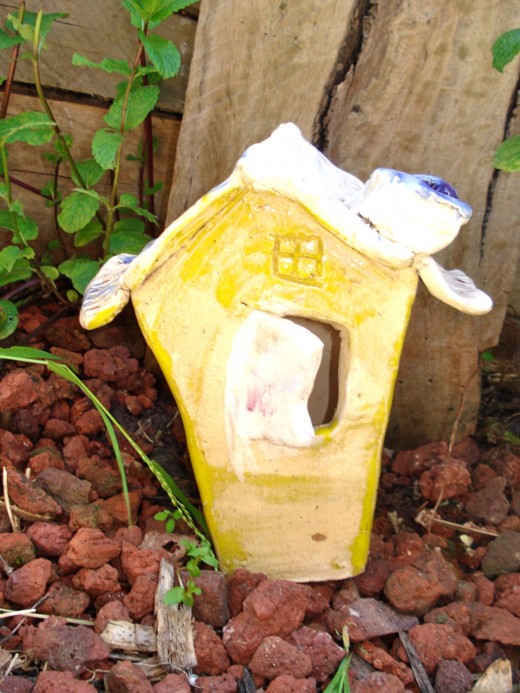
A Children's Garden
A garden in your home that is just for the children is a great idea. It is an interesting project that can involve both you and your children; one that the whole family can share together. However, there are a number of factors to take into consideration and that you need to make decisions about when planning such a project. Planning is the operative word here.
- Space: How much space can you set aside for a children's garden?
- Purpose: Is it for the children to play in, or do you want them to do the gardening?
- Age: Your children's ages may influence the kind of garden they need.
- Budget: How much are you able to spend on the children's garden?
- Design: This may be determined by all of the above.
1. Space
The space that you have available for a children's garden is the first consideration.
- No space: If you live in a flat or an apartment, it would be very sad if your children did not have the opportunity to watch a seed come to life or a plant grow. Even a window-sill, especially if it is in a sunny spot, could be ideal.
- A small space: This could be a group of pots or garden containers on a balcony or patio, a narrow strip beside a wall or fence, or a corner of your own small garden.
- A bigger space: Perhaps your children already have a cubby-house in the back garden and there is some space that could be utilised around that.
- A large space: If you have a sizeable garden there may be a whole area available so that you are able to set aside a large space for your children's garden.
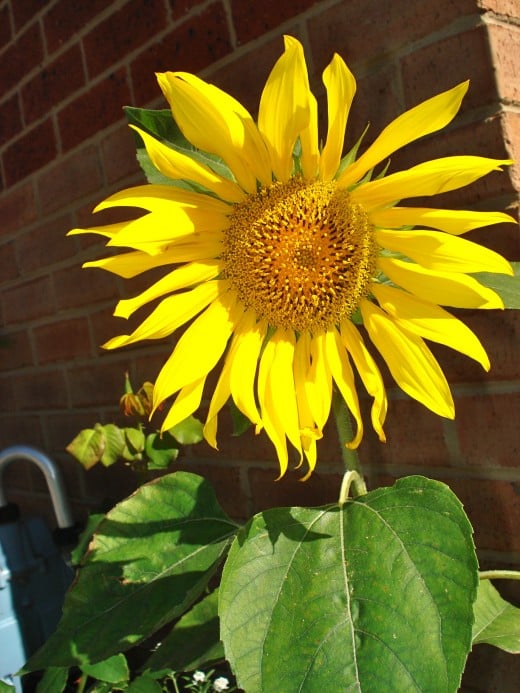
2. Purpose
It's a great idea to envisage such a project, but you need to have a real purpose for wanting to create a children's garden. It may be to encourage your children to watch plants grow, to learn to care for them, to help them carry out small experiments with plants, to become more aware of the environment and our responsibility to care for it, or to connect with the earth and God's wonderful created world.
- No space: The window-sill could be great for watching a bean sprout and grow roots in a jar without soil, so all the process can be watched. It may be to grow tiny cacti in a miniature garden bowl.
- A small space: A great number of plants can be grown in pots on a balcony or patio. Tall flowers like sunflowers can thrive in the narrow space between a path and a wall if the position is right. Plan for your situation.
- A bigger space: This may be set aside for your children to enjoy growing pretty, perfumed flowers, or practical, rewarding edible fruits, herbs or vegetables, or a little of all these, according to your purpose.
- A large space: Perhaps your purpose is to create a wild kind of space with trees and rocks to climb and hidden corners to play and share secret games. If your aim is to encourage your children to enjoy growing things, you may want to design a children's garden so that they each have their own small patch.
3. Age
The age of your children will influence the type of garden you plan to design. Perhaps they are quite young at the moment and a few pansies they can be taught how to pick, or some quick-growing radishes will be enough for them to learn about.
However, children have a habit of growing astonishingly quickly, so you need to plan for the garden to be able to be changed to meet their needs as they grow older. Otherwise, in just a very few years the exciting garden you designed for them will be obsolete, probably forgotten, covered in weeds and enjoyed not longer.
4. Budget
Deciding how much you intend to spend on the project initially is an important consideration. Of course, with any garden there are small, ongoing costs as plants outlive their usefulness or nutrition or bugs need to be dealt with.
However, if parameters are set for the initial cost and this is adhered to, it is a good discipline and you will not be dismayed later that it has resulted in making unforeseen inroads into your family budget. Be realistic in your estimates and then stick to them.
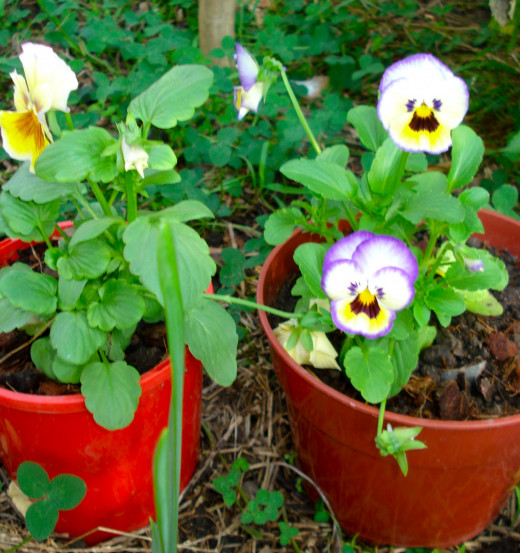
5. Design
Probably the first thing to do together as a family is to look up books at the local library, check on the internet, visit the gardens of friends who have children, and glean ideas from child-friendly parks.
When you know the sort of children's garden you want, you could locate and employ a professional garden designer to plan your garden for you, but unless you have a really large space that needs trees, rocks and other additions that need heavy equipment and are difficult for you to manage, it may not be so much fun. It could be a lot more rewarding for the whole family to get together to design the children's garden yourselves.
- No space: Designing a children's garden on a window-sill may include taking note of where the sun shines and what parts might always be in the shade as that will influence the types of plants that you and your children choose. Apart from watching a bean sprouting and growing roots, or something similar, it's surprising the variety of plants that can be grown in virtually no space: flowers, dwarf tomatoes, even peanuts. If you have a flatish bowl that will fit on the ledge, it could be a great spot to design a mini-garden with cacti or dwarf bushes. Your child's imagination for the design can go riot here, perhaps drawing the design of, say, a country scene. She could put in a small mirror for a pond, dam or lake, position and put in place the plants, maybe a miniature bridge, a couple of rocks and some tiny ceramic people or farm animals, finishing the design by covering the soil with tiny coloured pebbles that will also help to retain moisture in her miniature garden.
- A small space: A number of plants could be grouped together in pots on a balcony, a patio, in a corner of a path, or beside a gateway. The children could help design the placement of the pots and choose from any number of suitable plants, whether flowers, herbs or vegetables. They might be placed on or among coloured pebbles or en-tout-cas to help with drainage and for effect. Tall flowers like sunflowers or climbing beans on a well-placed trellis would go well in a sunny space between a path and a wall, but for it to look good what is to go into the space will need to be planned and a list made of what needs to be purchased.
- A bigger space: This may be an area set aside for your children to enjoy growing pretty, perfumed flowers, or practical, rewarding edible fruits, herbs or vegetables, or a few of all these. If the children have a cubby-house that is built near the ground, a low fence could be designed to go around it, complete with a small gate or gate-way. Inside the fence there could be small paths winding around the building. Gardens of low-growing plants or vegetables, or even dwarf fruit-trees or berry bushes could provide welcome snacks in the right season. The children, or the whole family together, might like to measure the space and use graph paper to design their garden. If the children's garden is to be within the family garden they may need to decide on the shape: whether it will be a simple square, a rectangle, circle, oval or a free design made by laying the garden hose on the ground and following its contours. They may like to design an edge, perhaps of bricks, rocks or other materials. Then they can think about the types of plants to grow and where to place them, perhaps with some small fruit-trees in the centre, some roses (there's one called 'Children's Rose,' which has a lovely perfume and no thorns), some vegetables, and a border of bright flowering annuals and evergreen perennials so there is always something to look at.
- A large space: Designing a wild space with trees and rocks to climb and hidden corners to play in may be a little more challenging, especially if your purpose is to encourage the children to grow their own small gardens within the area. Again, measuring the space and designing, either with drawings or with graph paper, can add greatly to the benefits the children can gain from the project. Some bushes that attract butterflies and birds might be strategically placed on the plan, along with nest-boxes for birds and small animals. Perhaps even paths and a bridge they can run across. Water fascinates children, but if they are young, unless you plan on always being with them, even shallow pools can be fatal and are best avoided. Again, lists of requirements can be made and estimates of costs worked out so that the design falls within your budget. It's great training for the kids.
A Final Word
Whether you are planning the design of your children's garden, taking them out shopping with your list, laying out the garden, putting in the plants and decorations, or working on the garden's maintenance, remember to do it as a family and to have fun together. Enthusiasm is contagious and encouragement reaps great rewards. Whatever the size of the children's garden that you plan, enjoy the project and may it's pleasure for all of you last for many years.
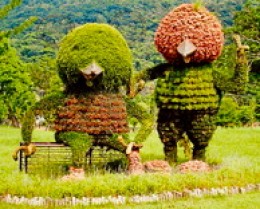
Gardens and Gardening
- Honest-to-God Honesty
The human quality of honesty is important, but this article is mostly about the popular cottage garden plant known as Honesty. - A Small Unit Garden: some ideas
A surprising number of vegetable can be planted in pots and tubs in a small garden. Even when the space is restricted a small Worm Farm can be very beneficial. Discusses how to care for the worms. - How to Choose Plants for Container Gardens
How to choose plants for container gardens discusses the need for good planning before commencing such a project. The choice of decorative plants for growing in containers indoors and outdoors and of edible plants for indoors and outdoors. - Fascinating Topiary
The ancient art of topiary goes back to the time of Julius Caesar. Over the centuries it has gone in and out of fashion and has evolved in many countries around the world. With the advent of topiary frames more and more exotic shapes can be used. - Caterpillars, grubs, maggots and weevils
A brief verse, for the Poem a Day challenge for April, and also a look at some types of insects and how they affect our daily lives.



